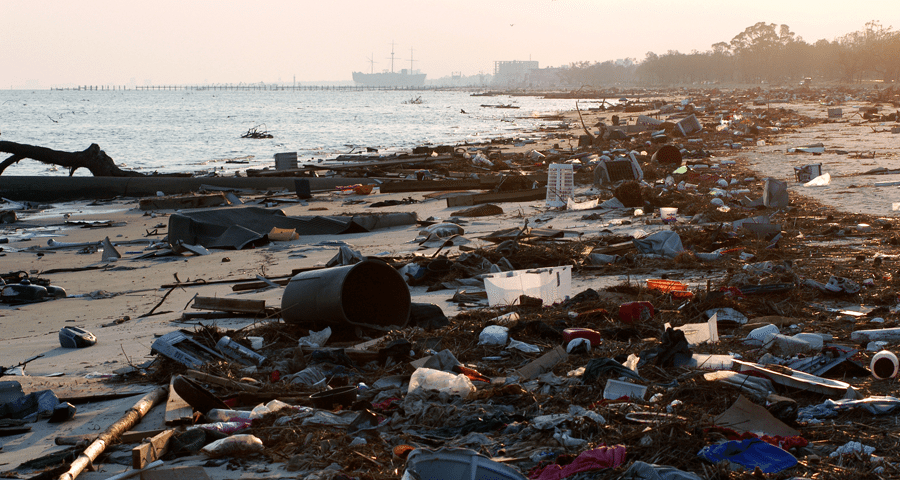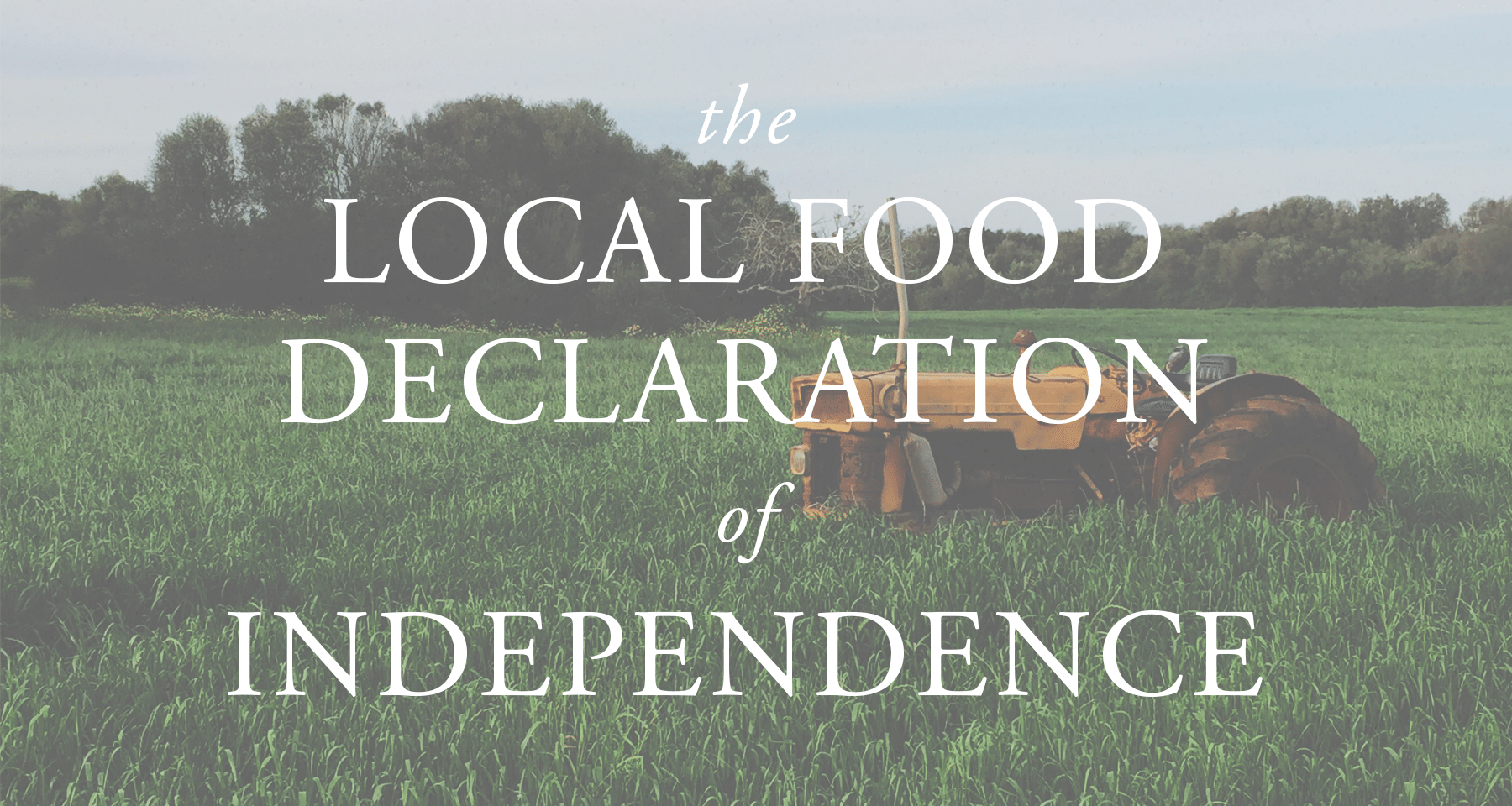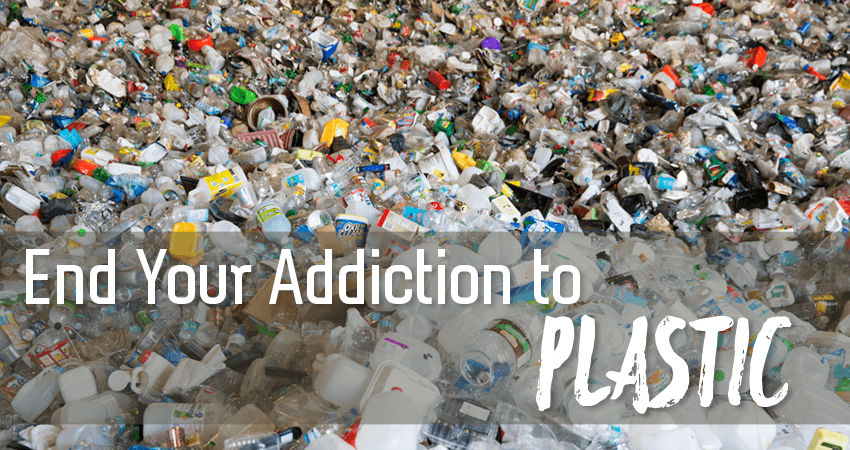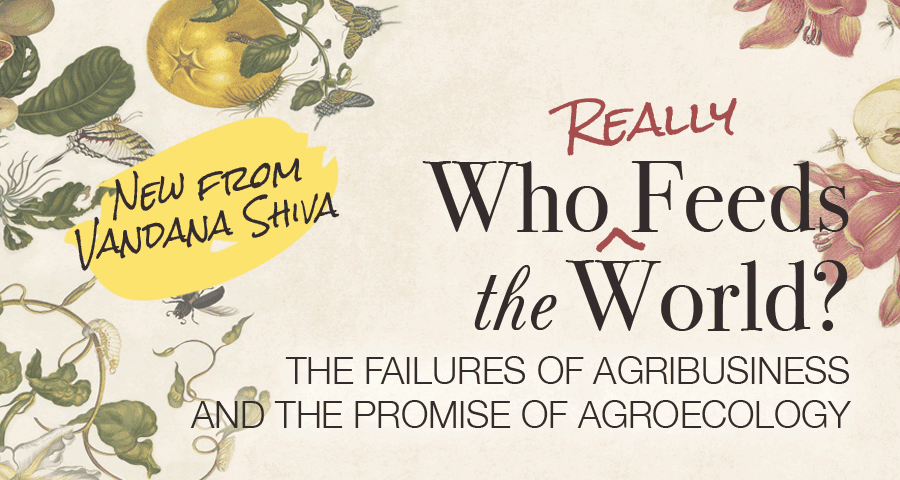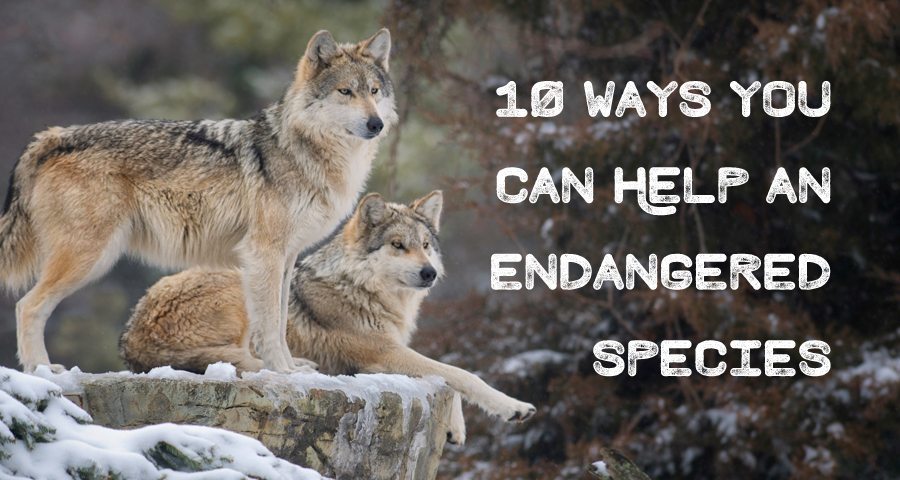
Ten Ways You Can Help an Endangered Species
Categories: Ecology & Sustainability
As a kid, I was obsessed with whales. I saw the movie Free Willy and grew determined to become a whale activist. I learned all kinds of Orca facts, and even harassed my friends and family for using too much water, telling them to save some for the whales (not sure how I came up with that one). When my parents took me to see the killer whale at our local marine mammal park, I remember being excited and simultaneously devastated, because I didn’t know how to help. Now, with the power of Google, it’s easy to get information about organizations like the Orca Conservancy and The Orca Project, but it’s nearly impossible to match the passion and enthusiasm of my eight-year-old self. Not that I won’t donate! I just probably won’t yell at my friends for drinking all of the whales’ water.
It’s easy for kids to become animal champions, and the more support and information we can provide early on the better. May 20th is Endangered Species Day, and it’s a great time to educate children (and their parents!), about how we can all help the endangered species on our planet. Here are a few tips to help you get started:
1. Learn about the endangered species in your area.
There are dozens here in Northern California. In 2011, we saw the first return of the gray wolf to our state in 85 years. In 2014, they became protected under the California Endangered Species Act. Search for animals that need help in your area and look up specific ways you can get involved.
2. Mind your consumption and your waste.
It’s good to remember that when we treat the planet as though we have unlimited resources, that will eventually make every species endangered. Check out these articles for tips on reducing your use of plastic products, or going zero-waste.
3. Consider alternatives to driving.
Reducing your carbon footprint helps everyone, but slowing your roll by taking a bike or going by foot will also help reduce the number of of animal-vehicle accidents that occur on the road.
4. Ask from where your food is coming. Is it sourced responsibly?
Orcas in particular have suffered from over-fishing of salmon in the Pacific Northwest, but food chains everywhere find themselves in trouble when resources are overtaxed. Read labels and ask questions—check out your local farmer’s market to learn about how your food is grown.
5. Stop using herbicides and insecticides. Buy organic!
Not only are herbicides and insecticides toxic to you, your family, your pets, and local flora and fauna, but they can also pollute water supplies. Buying and growing organic food is healthier for you, the plants and animals in your local ecosystem, and the planet at large. Check out Vandana Shiva’s books Who Really Feeds the World and Soil Not Oil for more information.
6.Weed out local, invasive plants. Plant native vegetation.
It may seem like a small thing, but invasive plants can disrupt local flora, which in turn will hurt the animals in the area. You may not see it overnight, but entire ecosystems and landscapes can change based on the loss or presence of plants. Check out this video put together by Sustainable Human for a great illustration of these connections:
7. Be responsible with your water usage.
Here in California, water is a hot-button issue. It’s not just the humans that suffer from drought; animals are often forced into areas they’d normally avoid to find water, often with tragic results. Drought and low water flow also affects fish species in rivers across California. It’s good to be mindful of your water usage wherever you live.
8. Support your local parks, wildlife reserves, and protected areas.
The good news is that we have a few systems in place for protecting our remaining wild spaces and the creatures that live in them. Help support these areas by donating, volunteering, or bringing your friends and family and sharing what you love.
9. Support a conservation group.
Now it’s easier than ever to stay plugged into what conservation organizations are doing to help protect endangered species and wild spaces. Even signing up for an email newsletter can help you stay informed about direct action, volunteer opportunities, or important ballot measures to vote on. The Center for Biological Diversity is a great resource for news on national and international work to protect wildlife.
10. Celebrate Endangered Species Day.
May 20th is Endangered Species Day. Take some time to share what you’ve learned about sustainable practices that will help the endangered species in your area with your friends and family.
Special thanks to our editorial intern, Alexandra Bresler, for helping us put together this list!
Tags: Sustainability & Conservation
